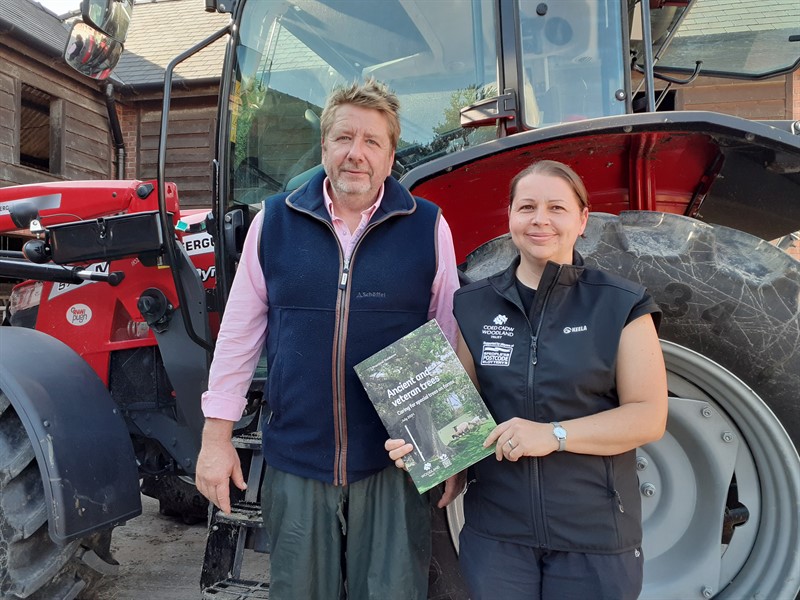The Woodland Trust and Ancient Tree Forum have released practical guidance on caring for ancient and veteran trees.
The guidance helps land managers, farmers and growers identify any ancient and veteran trees (AVTs) on their land, highlights the trees' importance, and provides information on how to help protect and care for the trees, as well as on farm best practice.
Identification of trees
Veteran trees - mature trees with recognisable features such as hollows, dead or broken branches, fungal fruiting.
Ancient trees - the oldest examples of veteran trees.
Why AVTs are important
These large old trees are habitat rich and offer a wide range of wildlife a home.
In the landscape, many trees hold a cultural and historical importance to society.
On the farm, the trees work hard, from capturing carbon to being a home for beneficial pollinators.
How to help protect and care for the trees
Give ancient and veteran trees as much space as possible, both above and below the ground.
Retain dead trees and decaying wood.
Identify veteran trees for the future and establishing new trees.
Best practice
The guidance includes further detail on farm best practice and covers:
- Cultivation and ditching
- Vehicle access and materials storage
- Application of fertilisers, pesticides and animal medicines
- Grazing animals
- Pruning and cutting of trees and hedgerow management
You can read the full guidance on the Ancient Tree Forum's website.
Ancient and native woodland and trees policy
Keepers of Time is the government’s policy for ancient and native woodland and ancient and veteran trees in England.
The government position on the Keepers of Time policy has not changed but amendments have been made to reference the latest evidence and information available, as well as to focus on the most important issues and threats to trees and woodlands.
